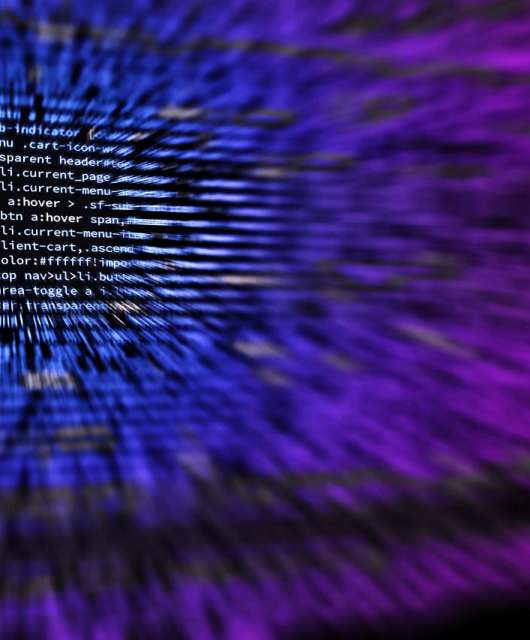Black Friday is no longer just the day after Thanksgiving; over the last decade, it has morphed into a Black Friday season, with people worldwide looking to score great deals and do holiday shopping in the second half of November. Brands and retail stores no longer rely only on crowds in front of the physical stores but have also opened up online offers. Millions are expected to make holiday-related purchases during the Black Friday season.
The Joy and Risks of Holiday Shopping
Entering the festive season of holiday shopping is enjoyable as folks buy stuff for themselves and/or their loved ones, but the process can sometimes be disappointing.
Poor experiences usually do not come because of the lack of amazing deals. But because of the fraudsters looking to take advantage of the millions of shoppers lowering their guard while searching for deals. Buyers should always use caution when making online purchases, but during the Black Friday season, folks need to be on top of their game as it is the busiest season for cybercriminals.
Tips to Avoid Black Friday Scams
Officials from the Better Business Bureau (BBB) have been popping around the new cycle with tips to get consumers more responsible and avoid getting scammed.
Recognizing Unrealistic Deals
The BBB has recommended that if a deal feels too good to be true, it probably isn’t. Even though it is during the Black Friday season.
BBB has also mentioned that people should take their time and not give up on the time pressure. The more folks research an item, the better.
BBB also advises against consumers immediately buying what they initially see after performing a Google search. Officials from BBC claim that criminals often purchase those number-one ad spots and fill them with attractive sale listings that are scams.
Verifying the Legitimacy of Online Stores
When people purchase something from a physical store, they get to see and inspect the item. However, this is different when people shop online. There is no guarantee unless they purchase from legit online retailers.
When trying to purchase from an online store, a person must verify the legitimacy of the retailer offering the sale rather than just reading the reviews of the item. Buyers are advised not to put personal information or card details if the website has red flags. For example spelling mistakes, questionable contact info, or if it feels weird.
Fake Online Shops and Delivery Concerns
Often located overseas, fraudsters set up fake online shops and generate huge profits from unsuspecting deal seekers. Shoppers should also be aware of delivery dates—frequently, cheaper things are shipped from abroad. And even though it is not a scam, the desired item might arrive after the holidays. For example, a Christmas tree would not be handy if it came on Dec 27th.
The Importance of Multiple Layers of Protection
Staying safe is essential in both virtual and real worlds. In many cases, having multiple layers of protection is what makes the difference between a good shopping experience. Or otherwise being a victim and having to call credit card companies and deal for months with the fallout that happens after a fraudulent transaction.
Proper antivirus software installed on all your connected devices means that you always have a tool that prevents you from even going to insecure websites and stops you from inputting precious banking information at sites that might be fake, malicious, or have a bad reputation.







